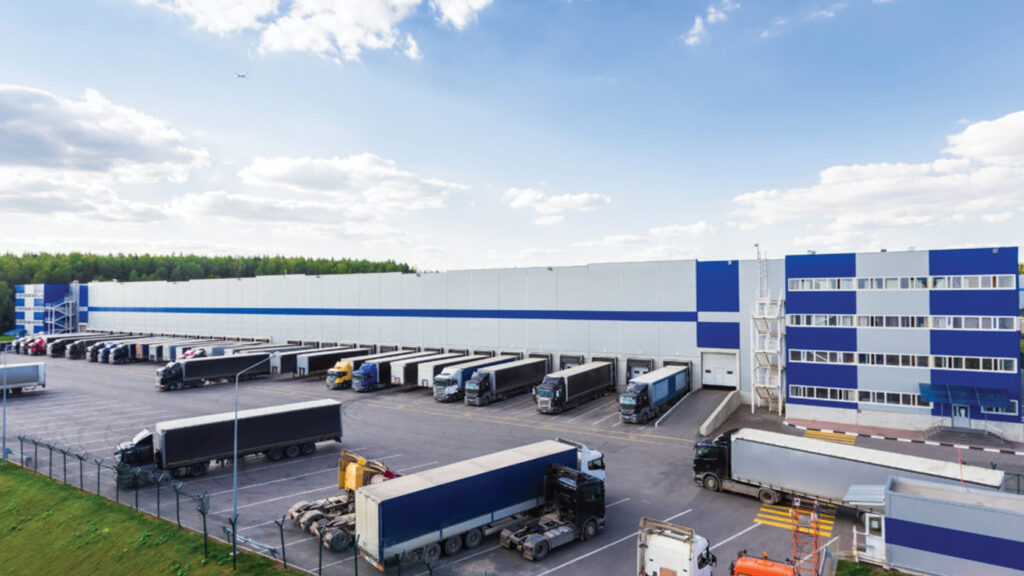Highlights
- Volume declines were apparent in Q3, with numbers down 20% compared to last year.
- All asset classes saw declines, led by office at 33%. Retail was the least impacted, down 9%.
- Pricing continues to hold up, though certain asset class subsets, including CBD office, show softness.
- Record-breaking sales volume to close out 2021 will be increasingly challenging to benchmark against.
- The market is still in an adjustment period that will take time to play out.
Transaction volume remains strong compared to history, but the market has cooled. This is not a surprise, as higher borrowing costs and multiple headwinds are making deals harder to complete. As a result, Q3 volume was down across all asset classes compared to 2021. Transactional prices in aggregate have yet to show value declines, with the exception of some subsets, though that will come in time. Benchmarking growth to 2021 will become increasingly difficult, given the strength of the market last year.
Office
Office volume has shown the most significant declines year-over-year of all asset classes. Quarterly volume totaling $26.9 billion is down 33% over last year. Office investors are focused on best-in-class assets, but those properties are not readily available today. They are also looking for discounts and value, which current owners are hesitant to accommodate. Of the major asset classes, office has the most uncertainty. CBD pricing is showing softness in RCA’s CPPI price index, down 0.5% in Q3, one of the only asset class subsets to do so.
Industrial
Industrial volume remains well ahead of historical norms, despite a slowdown. Volume declined 18% compared to Q3 2021, with $35.5 billion trading. Price appreciation is still the best among asset classes, both on an annual and a quarterly basis, tying with hotel in the quarterly series. Negative leverage is a concern for buyers, as the days of mark-to-market over a hold period are gone; today’s buyers need to access that rent roll quickly. Still, structural shifts in capital allocations to the asset type should keep industrial on steadier ground during this market adjustment.
Multifamily
At $74.1 billion in volume, multifamily sales are far and away the highest of all asset classes. While this trend isn’t new, it shows no signs of shifting. Quarterly volume is down 17% over last year, buoyed by portfolio and entity transactions, which were up 4%. Higher financing costs will weigh most heavily on multifamily due to the lowest cap rates of all property types. Fundamentals remain sound, though they are coming off their recent record-setting occupancies. Cash buyers are the most active, but the days of double-digit rent growth assumptions appear to be in the rearview mirror.
Retail
Retail volume fell a relatively mild 9% from last year’s Q3, with $18.2 billion in total volume, due to a 44% drop in portfolio and entity-level transactions. Individual asset sales volume was up 3% compared to one year ago. Pricing showed a mixed bag, with unanchored retail centers, drug stores, and shops posting quarterly declines. Cap rates have been higher than in other asset classes, suggesting less pressure from rising interest rates. While there is some truth to that, relative values and spreads between asset classes matter, and retrades are becoming commonplace.
Hotel
Hotel volume hit $8.1 billion, down 21% compared to Q3 last year and falling for the third consecutive quarter. Within the hotel space, limited-service properties continue to garner the most attention, with a 3% increase in volume year-over-year. That segment also shows the most robust price gains over the past year and in Q3. In addition, they boast higher going-in cap rates, which partially insulates them from a higher interest rate environment. Liquidity is holding up well when comparing single asset sales, which were down just 7% in Q3 from one year ago.

 Aaron Jodka
Aaron Jodka


